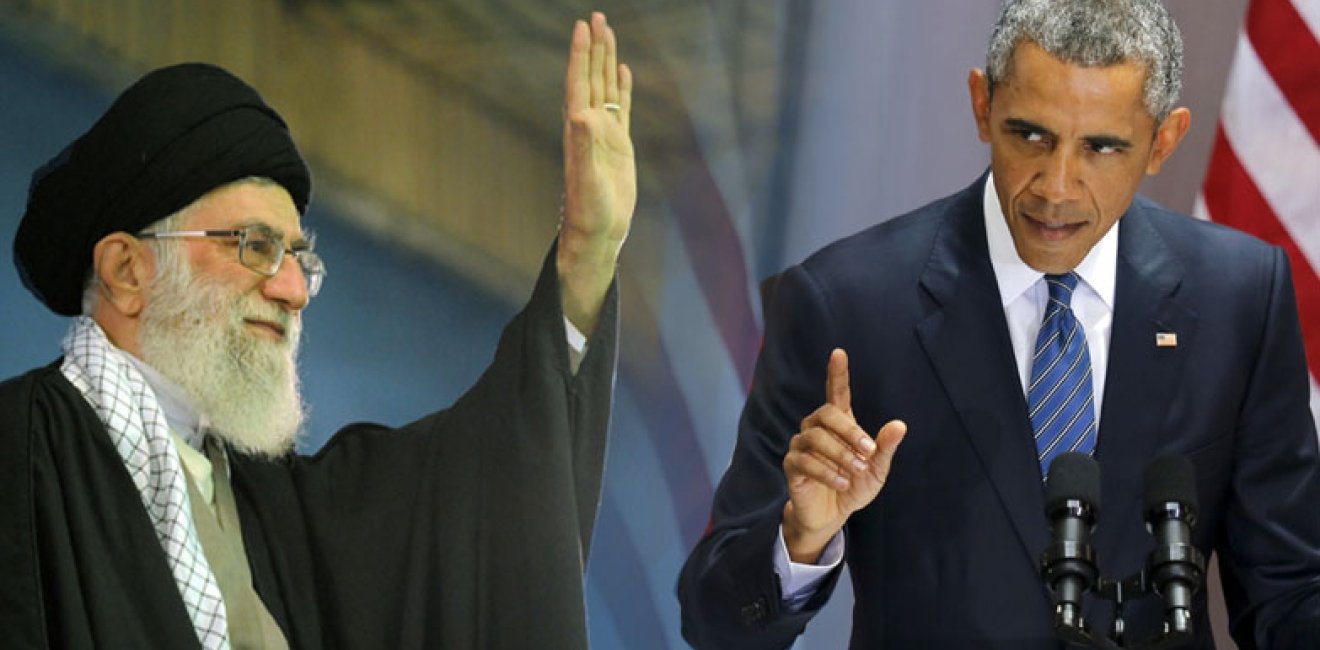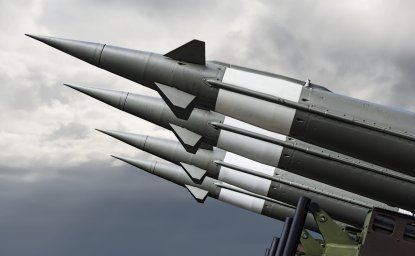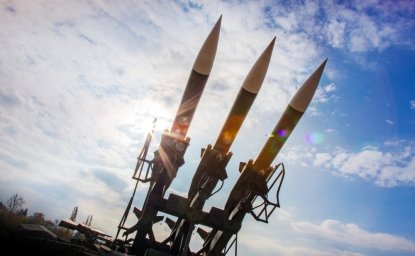The Different Challenges Facing Obama and Iran’s Khamenei
President Barack Obama and Ayatollah Ali Khamenei face different challenges in the aftermath of the recent agreement reached over Iran’s nuclear program.
President Barack Obama and Ayatollah Ali Khamenei face different challenges in the aftermath of the recent agreement reached over Iran’s nuclear program.

President Barack Obama and Ayatollah Ali Khamenei face different challenges in the aftermath of the recent agreement reached over Iran’s nuclear program.
In the U.S., the Iran nuclear issue is a proxy for a more fundamental debate about how to address the threat posed by “rogue” states. That’s part of the reason the accord over Iran’s nuclear program was hailed by supporters as a milestone and a historic chance, while opponents criticized it as an act of appeasement and a historic mistake.
The Obama administration reframed the Iranian nuclear issue from a unilateral, U.S. political concept in which threat was linked to the character of a rogue regime to a focus on Iranian behavior that contravenes international norms. This recasting helped forge broad international support for the crippling sanctions that led the Tehran regime to yes in Vienna.
The nuclear agreement is a deal, not a grand bargain--transactional, not transformational.
The nuclear agreement is deal, not a grand bargain –transactional, not transformational. It addresses a discrete, and urgent, national security challenge but does not affect the character of the Iranian regime. What the Obama administration hails as the deal’s great strength—that it buys 15 years—critics see as the deal’s great weakness: It buys only 15 years, and after that the revolutionary regime will still be in power with an intact nuclear program.
Congressional opponents have said they will continue seeking to block implementation of the accord, and some may file suit against the president if and when he moves to suspend certain sanctions against Iran after the International Atomic Energy Agency verifies that Tehran has come into compliance with its obligations (including accounting for past military-related activities). For President Obama, an immediate implementation challenge will be persuading a hostile Congress to appropriate sufficient additional funds to the IAEA to help enable it to carry out its expanded mission of inspections in Iran.
Meanwhile in Iran, Ayatollah Khamenei has not publicly endorsed or opposed the deal; he has not silenced opponents of the accord, nor has he encouraged them. He has said that parliament must debate and vote on the agreement, although President Hassan Rouhani has said that parliamentary approval is not required. It appears that Iran’s supreme leader has decided to let the deal go forward. Debate in Iran’s parliament, even if heated, will be pro forma. The signals have been issued and objections from its hard-line majority notwithstanding, Iran’s parliament is expected to approve the agreement.
Despite all this, having accepted terms that crossed many of his “red lines,” Ayatollah Khamenei has said he will not permit closer relations between the U.S. and Iran. President Rouhani and his foreign policy team may have entertained other ideas, but to the supreme leader, diplomatic relations and a sizable presence of U.S. investors and firms in Iran are not acceptable. He may permit bilateral discussions on Middle East trouble spots, but even that appears to be a reluctant concession. Iran represents a potentially huge market for exports and investment, and trade delegations from European countries, sometimes at the ministerial level, have already arrived in Tehran. So far, no official U.S. economic delegation has joined them, though individuals have visited.
Ayatollah Khamenei has long expressed his aversion to—read: fear of—a Western cultural onslaught. He said recently that U.S. influence would not be allowed to penetrate Iran. He must be aware, however, that it has–despite a 36-year break in diplomatic relations and the restrictions of economic sanctions, American cultural influence is everywhere: Millions of Iranians, especially the young, wear blue jeans and T-shirts; they listen to Western music; they shop at malls; men and women mix openly at eateries based on the American model.
Ayatollah Khamenei knows that if he opens the door to U.S. diplomats, businesses and entrepreneurs, the flow of American influence into Iran will become even more uncontrollable. The supreme leader might well imagine that young Iranians would flock to McDonald’s, KFC, and Starbucks if given the chance. U.S. diplomats and scholars would seek out Iranian officials, businesses, intellectuals, civil society activists, and artists, conducting studies and surveys of all things Iranian; American tourists flocking to the historic cities of Isfahan, Persepolis, and Mashad; and Iranians lining up for visas to the Great Satan–the cultural onslaught would become all too real.
Ayatollah Khamenei will strive to make sure none of this happens on his watch. Chinese and Russians, or even Europeans, appear to strike him as more acceptable partners for business. American tendencies to mix and mingle could threaten the Islamic revolution he seeks to shore up.
Robert S. Litwak is a vice president of the Wilson Center and the author of “Iran’s Nuclear Chess: After the Deal.”He was director for nonproliferation on the National Security Council staff in the Clinton administration. Haleh Esfandiari is a public policy fellow at the Woodrow Wilson International Center for Scholars.
This article originally appeared in the Wall Street Journal Think Tank Blog.



The Wilson Center’s Middle East Program serves as a crucial resource for the policymaking community and beyond, providing analyses and research that helps inform US foreign policymaking, stimulates public debate, and expands knowledge about issues in the wider Middle East and North Africa (MENA) region. Read more



